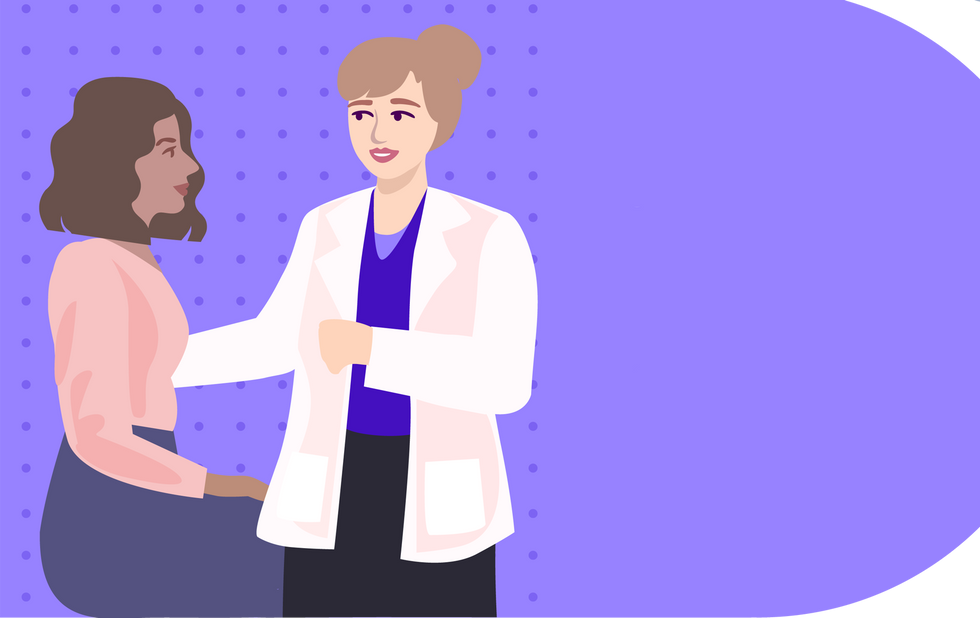
Combination birth control options mix estrogen and progestin to stop pregnancy and control period symptoms. But estrogen causes most of the side effects of birth control pills, so some people may want an estrogen-free pill.
Who Can Benefit from Estrogen-Free Hormonal Birth Control?
-
People with high blood pressure
-
Anyone at risk for blood clots
-
People who smoke
-
People who are lactating
-
People in the postpartum period
-
People with migraine with aura
Estrogen-free hormonal birth control is not right for everyone, like people with breast cancer or severe liver disease.
How to Switch to Estrogen-Free Birth Control Pills
To start an estrogen-free birth control pill, you will want to talk to your healthcare provider (HCP) about the best time to start.
There are 3 primary ways to make the switch:
1. If you aren’t currently on hormonal birth control:
2. If you’re switching from combination hormonal birth control:
3. If you’re switching from another estrogen-free birth control, such as an implant or injection:
Worry Less Window
Most estrogen-free birth control pills have to be taken at the same exact time — down to the hour — every single day to work best.
One pill (called Slynd) has a 24-hour window if you miss the dose. That means you can take your missed pill for up to 24 hours. Translation? You can worry less if you forget to take your pill.
The Why Behind the Window
-
Most estrogen-free birth control pills have a short half-life, meaning it leaves the body very quickly — that’s why it needs to be taken at the same time every day.
-
Slynd contains a newer type of hormone that is processed by your body differently so it has a longer dose window.
It’s always best to take your birth control pill at the same time every day if possible.
Talk to your HCP about your options for estrogen-free contraception and how to start taking it.
This resource was created with funding support from Exeltis, USA.
Credit : Source Post


